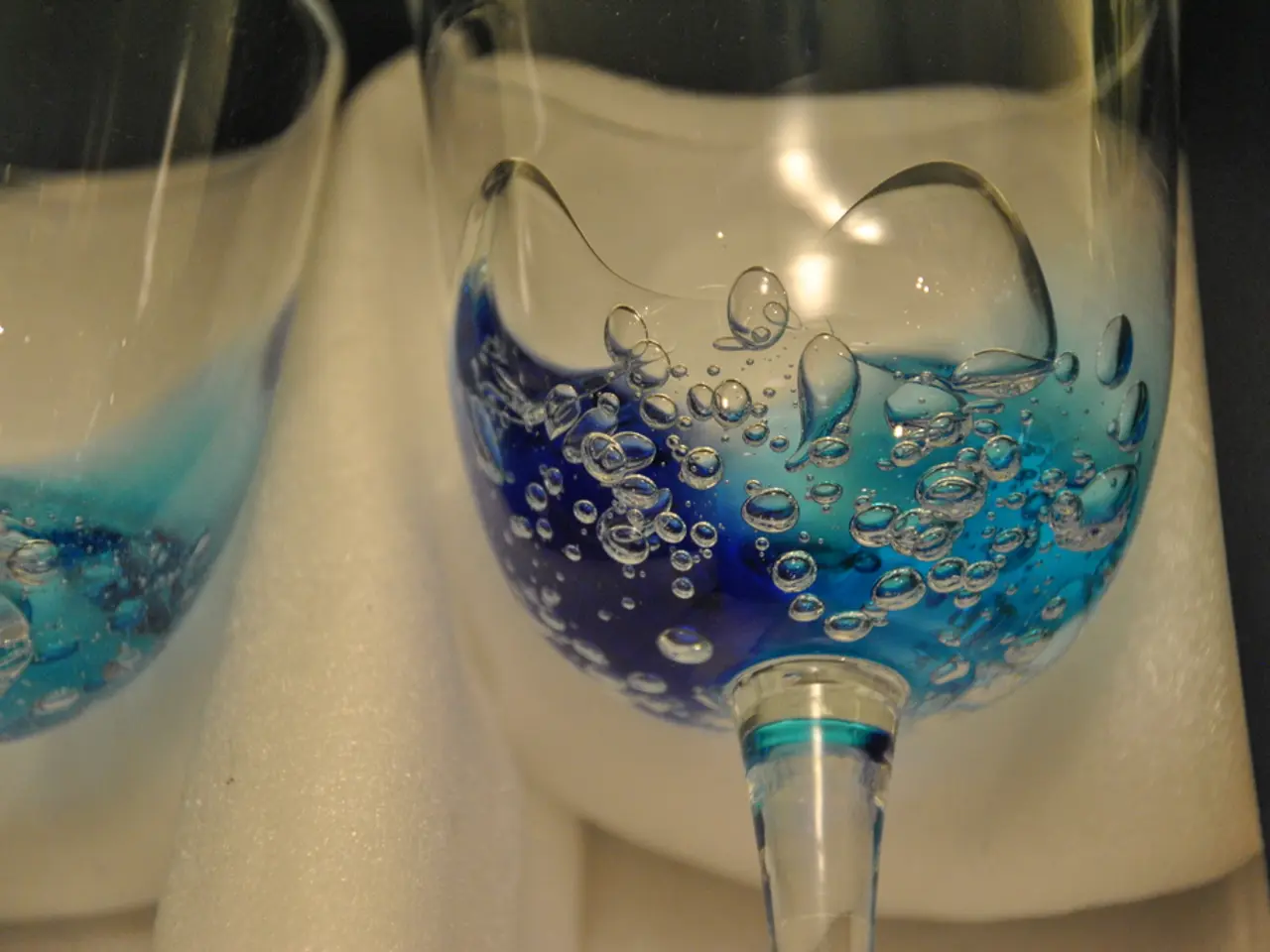Age-Related Macular Degeneration: Differences Between Wet and Dry Forms and Key Points to Understand
Age-related macular degeneration (AMD) is a common eye condition that primarily affects individuals over the age of 50, particularly those 55 and older. The primary causes and risk factors for AMD include aging, genetics, smoking, an unhealthy diet, and prolonged exposure to UV light.
AMD often begins with subtle changes in vision, such as blurred central vision, distorted lines, and the appearance of dark spots. These symptoms can make everyday tasks like reading, driving, or recognizing faces difficult.
There are two main types of AMD: dry and wet. Dry AMD is caused by a gradual breakdown of light-sensitive cells in the macula, leading to a slow progression of vision loss. Treatment options for dry AMD include neuroprotectants, inflammation-reducing medications, and a new treatment called Syfovre, which is promising for slowing disease progression.
Wet AMD, on the other hand, is caused by abnormal blood vessel growth leading to fluid or blood leakage under the retina. This type of AMD results in rapid loss of central vision. Treatment options for wet AMD include regular injections into the eye to stop abnormal blood vessel growth and laser treatments in some cases.
Early detection is crucial for managing AMD, and regular eye exams are essential for early diagnosis. Lifestyle changes, such as taking AREDS II vitamins, following a diet focused on whole foods and healthy fats (like the Mediterranean diet), wearing sunglasses to protect eyes from UVA and UVB light, avoiding tobacco smoke, and regular eye care, can help slow down the progression of dry AMD.
In the intermediate stage of dry AMD, vision may become slightly blurry. Wet AMD is always considered an advanced stage. However, some people with dry AMD may not experience significant vision changes and can stay stable, even without treatment.
New treatments offer hope for slowing disease progression in both dry and wet AMD. For example, anti-vascular endothelial growth factor (anti-VEGF) injections can control the growth of new blood vessels in eyes with wet AMD and have proven to be an effective treatment. Consistent treatment with injection medication may stop or reverse vision loss in wet AMD.
In conclusion, AMD significantly impacts central vision and can affect an individual's ability to read, drive, or recognize faces. Regular eye exams are essential for early diagnosis and management. Lifestyle changes and new treatments offer hope for slowing disease progression and maintaining vision health as we age.
Adopting a health-and-wellness lifestyle that includes a diet rich in whole foods and healthy fats, regular exercise, and avoiding smoking and prolonged UV light exposure could potentially lower the risk of developing age-related macular degeneration (AMD), a medical-condition primarily affecting those over the age of 50. People with early-stage dry AMD can slow down the progression of the disease by taking AREDS II vitamins, following a Mediterranean diet, wearing sunglasses, and getting regular eye care. In the field of science, new treatments like anti-vascular endothelial growth factor (anti-VEGF) injections have proven to be effective in controlling the growth of new blood vessels in eyes with wet AMD, offering hope for maintaining eye-health as we age.




